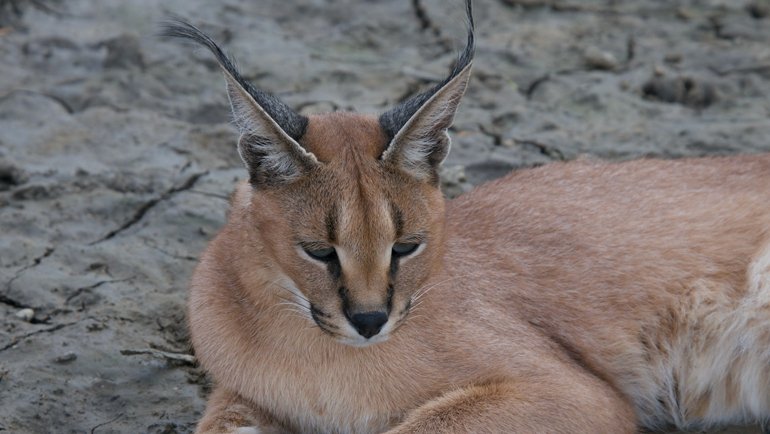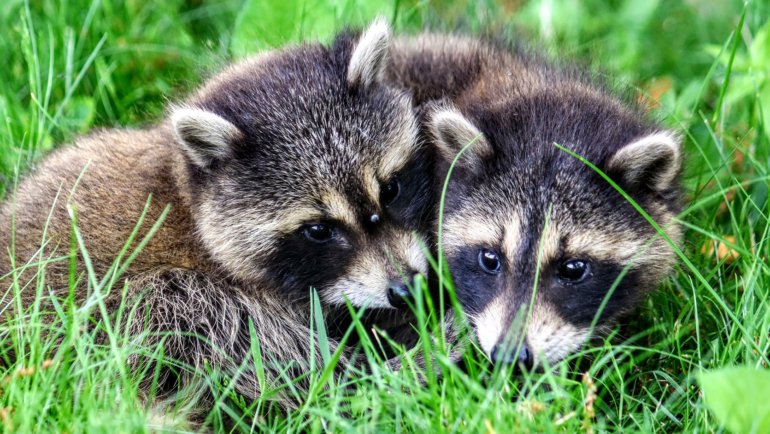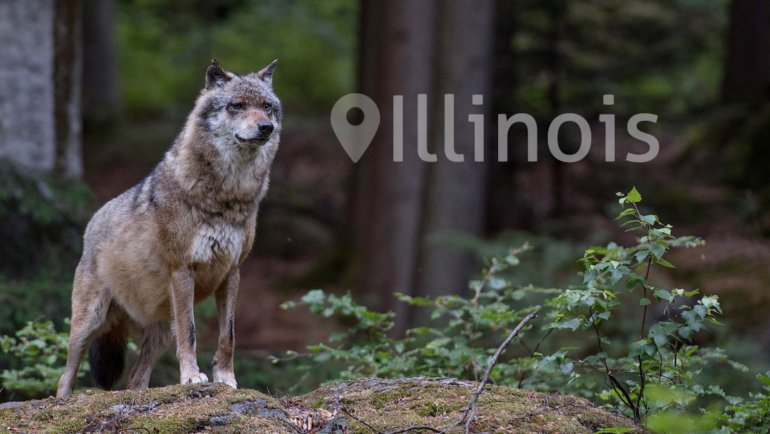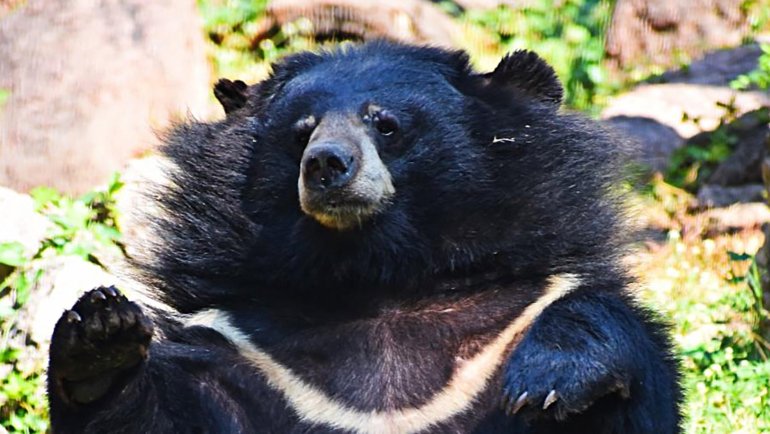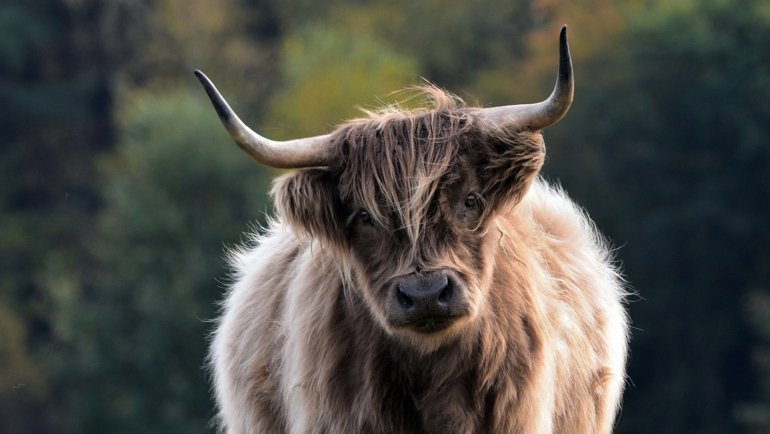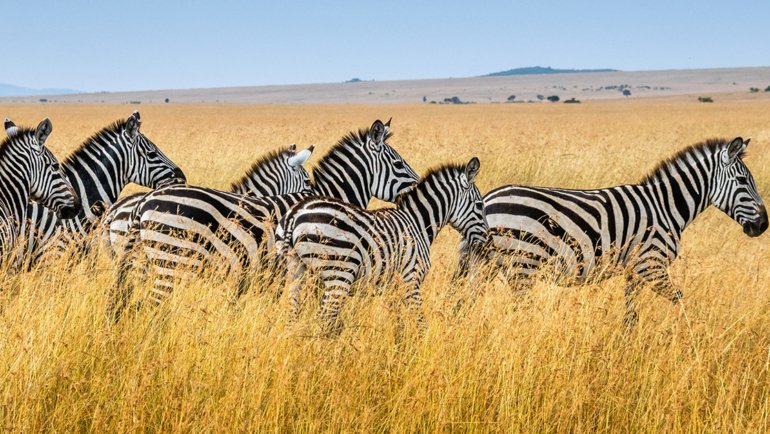The cheetah is a beautiful feline known for its distinctive spotted fur. The black spots on its coat are visually striking. They also help the cat blend/camouflage effectively into its environment.
Therefore, if you have ever wondered how many spots a cheetah has, continue reading this article for comprehensive answers. I will inform you how many spots the big cat has and where they are distributed on its body.
How Many Spots Does a Cheetah Have?
Typically, an adult cheetah has a total of 2,000-3,000 spots. However, these number varies depending on their age, genetics, nutrition, health, and the specific region they inhabit.
These markings are highly concentrated on their face, neck, and back; and are usually round (although they aren’t perfectly circular).
Interestingly, these spots do not remain consistent/the same throughout their lifetime; since cheetahs experience changes in their coat patterns. For instance, the markings tend to fade or spread out as they age or become darker and more defined due to increased sun exposure.
Also read: Why Do Cheetahs Have Spots?
Why Do Cheetahs Have Spots?
One of the primary reasons these big cats are endowed with the spots is to help them hunt and avoid enemies in their natural environment by using them for camouflaging and blending in with their habitat.
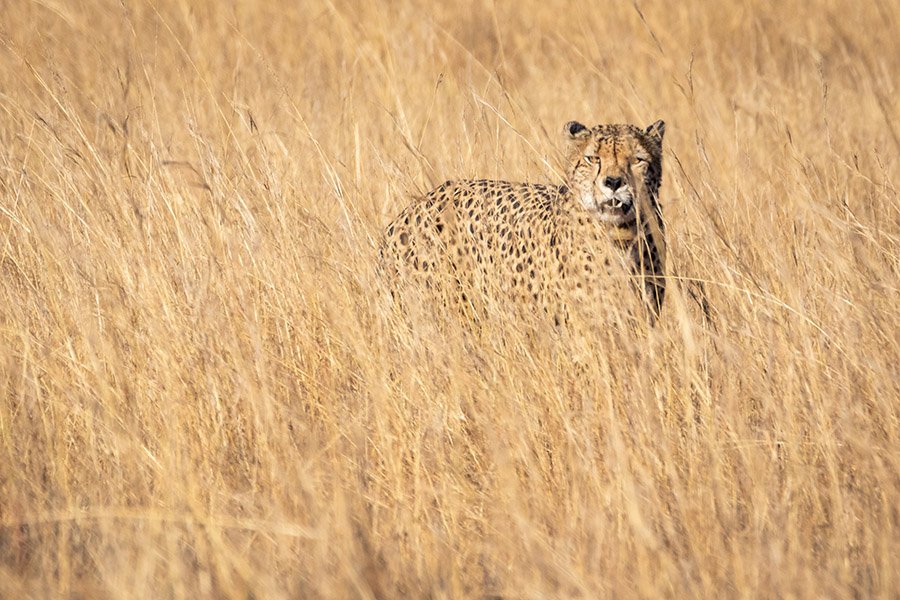
They break up the feline’s outline, making it harder for the prey to spot the big cat as it stalks and creeps closer while remaining hidden in the grass. Therefore, it can closely approach and reduce the distance it needs to cover to reach its prey before making a high-speed ambush.
The markings on its fur also aid in regulating the creature’s internal body temperature. The black spots absorb heat from the sun, while the bright areas reflect the sun’s rays, which helps keep the cheetah cool during hot weather.
Cheetah’s Spots vs. Leopard’s Spots
Although both felines have spots on their bodies, they have different characteristics.
Cheetahs have solid black markings on their tan or yellowish coat, and these markings are small and evenly spaced.
The marks on their face are often tear-shaped, and they have black ‘tear marks’ running down from their eyes to the mouth. They assist in minimizing the sun’s intensity and enhance the cat’s ability to have a clear view hunting.
On the other hand, leopards have more prominent spots called ‘rosettes’. They are typically circular and have rose-like markings, with a darker border and lighter center. They can either be solid or open and irregular in shape.
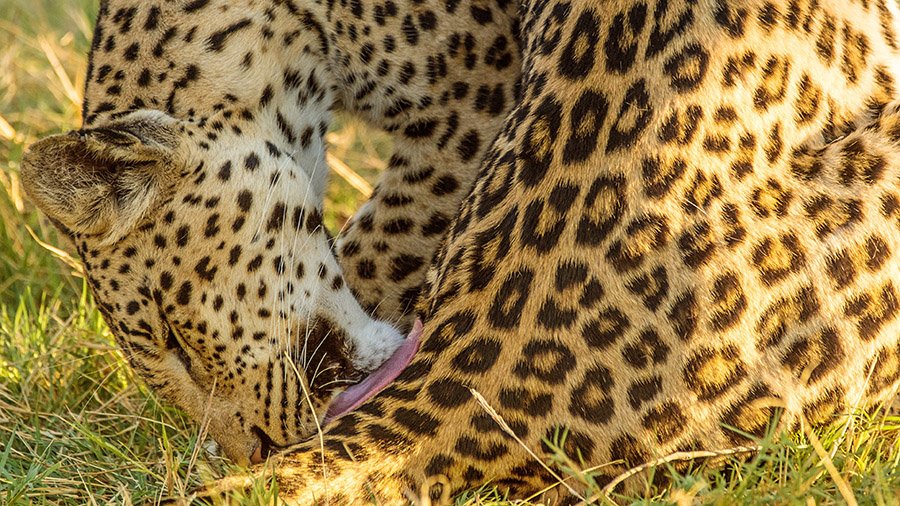
It’s also essential to note that the leopard’s coats vary in color, from light yellow to golden, dark gold, or even black depending on their habitat.
Are There Spotless Cheetahs?
Although it is rare, there are several confirmed cases of spotless cheetahs. They are known as ‘king cheetahs’ and were once thought to be cheetah’s subspecies. However, scientists later discovered that these unique big cats resulted from rare genetic alteration of the regularly spotted cheetah.
The king cheetah has a unique coat pattern characterized by a significant scattering of connected black dots, which form bold, irregular shapes on their backs, accompanied by fewer spots on their sides. However, the other parts of their coat are generally pale/light or cream in color.
After conducting comprehensive and substantial research, researchers concluded that these felines were not a separate species or subspecies of the cheetah. Instead, they are caused by a rare genetic variant when both parents carry a recessive gene for this pattern.
These cheetahs can be found in some parts of Africa, although they are rare to spot in the wild.
Also read: Cheetah vs. Jaguar: Main Differences & Who Wins in a Fight?
Do Cheetahs Have Stripes?
No, cheetahs don’t have stripes; they have spots that help them blend with their natural habitat vegetation. They don’t have stripes due to their evolutionary history and adaptation to their specific habitat and lifestyle.
Since these cats are mainly found in open grasslands and savannas, their tan or golden-colored fur and spotted pattern help to camouflage them from predators and prey. These spots are evenly distributed, across their bodies, except for their white under shields.
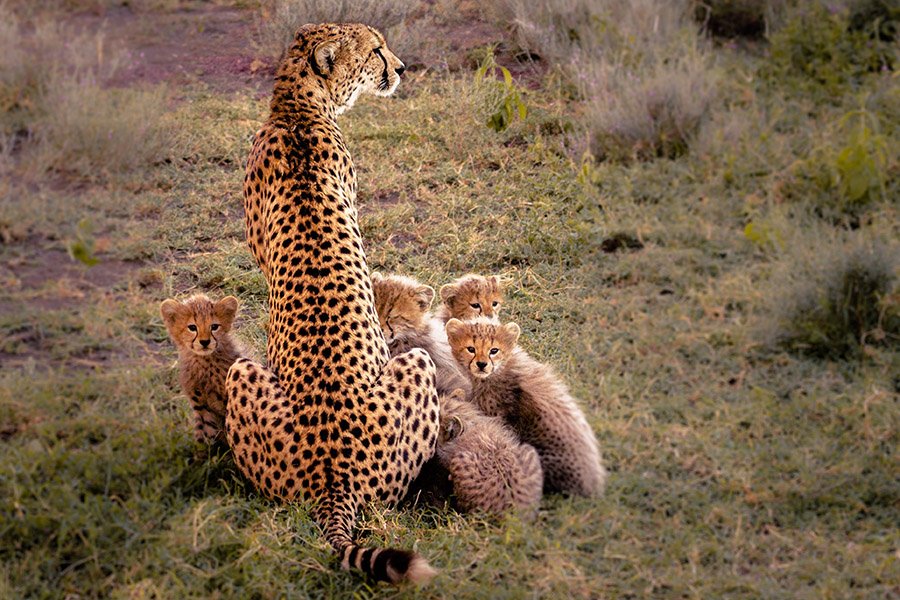
Therefore, due to this natural selection, individuals with the most effective camouflage survived and passed their genes to their offspring. It resulted in a population of cheetahs with spots rather than stripes.
Are Cheetahs Born With Stripes?
No! Cheetahs are not born with stripes. Their cubs are born with a pale coat covered in fluffy hair/fur, which helps them blend in with the surroundings and avoid predator detection.
A few weeks later, the cub’s fur develops black spots similar to adult cheetahs. Over time, they become more defined and darker in color.
It’s worth noting that while cheetahs don’t have stripes, they have some distinctive markings. For instance, many cheetahs have a pair of tear-shaped markings under their eyes that help minimize the sun’s intensity and enhance their vision while hunting. The felines also have long, thin tails with black rings throughout them.
Also read: Are Cheetahs Dangerous? Do They Atack and Eat Humans?
Are Cheetahs Born With Spots?
Yes! Cheetahs are born with spots, although not fully developed at birth. Instead, they have a pale yellow or grayish coat covered in small dark spots that are not defined as those of adults. Therefore, as they grow, these marks become more visible and darker.
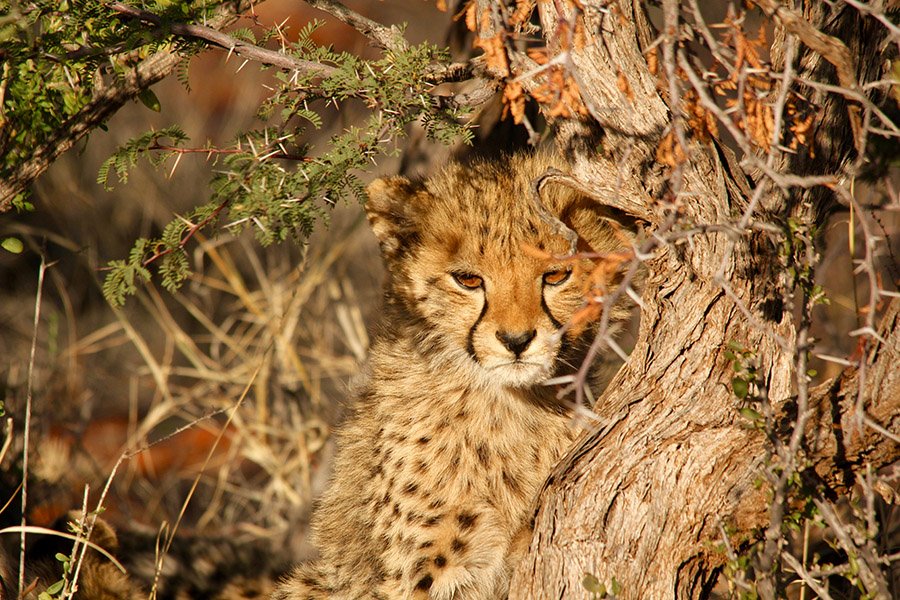
The markings are evenly distributed across the cub’s body, except for the white fur on the bellies. It serves as a form of disruptive pigments, which helps break up and define the cheetah’s outline.
These spots also help create an optical illusion, useful in confusing their enemy predators (such as lions and hyenas) in determining the direction in which the feline is moving.
The dark markings on the cat’s fur additionally serve as a form of individual identification; since each cat has a different and unique spot pattern. Therefore, they enable the felines to recognize or distinguish their close family members from others.
For instance, male cheetahs usually live in groups of two to three cats called a coalition. Apart from their distinctive body odor, the dark spots are another way they recognize their coalition members. Females with cubs are also able to differentiate their offspring using these marks.
Final Thoughts
To clarify the common misconception associated with these felines, cheetahs don’t have stripes; instead, they have dots scattered all over their body fur. It’s also essential to note that the spotted coat of cheetahs is a remarkable feature they have adapted to enable them to survive and thrive in their natural habitat.
Other Articles to Learn More About Cheetahs
- Cheetah: Characteristics, Diet, Facts & More [Fact Sheet]
- What is a Group of Cheetahs Called? Do They Always Live in Groups?
- How Long Do Cheetahs Live? All About Cheetahs’ Lifespan and Life Cycle
- What Eats Cheetahs? Here Are Their 5 Main Predators
- Can Cheetahs Climb Trees? A Detailed Answer
- How Many Cheetahs Are Left in the World? Why Are They Endangered?
- Where Do Cheetahs Live? A Look at Cheetahs’ Habitat and Range
- What Do Cheetahs Eat? A Comprehensive Guide to Their Diet
